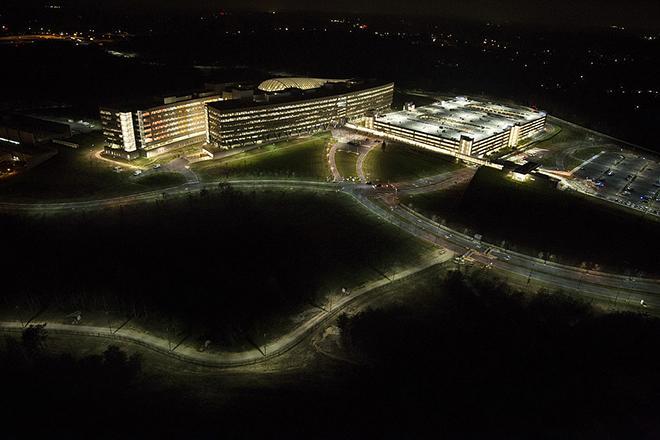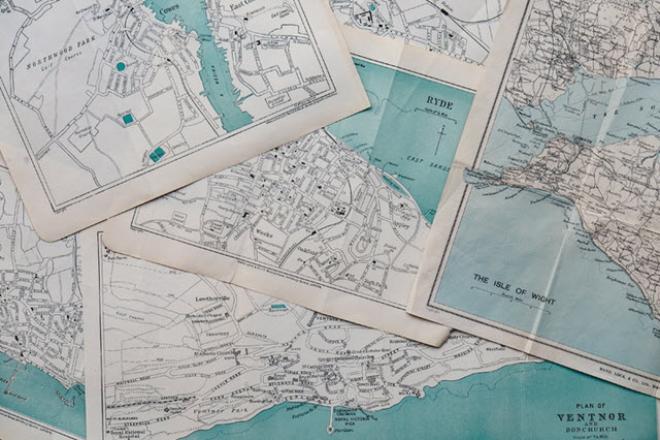“I Can’t Breathe”: International Responses to the BLM Movement

Credit: Black Lives Matter march by Victoria Pickering is licensed under CC BY-NC-ND 2.0
Resource Description
This module is intended for students interested in having a global perspective on the impact of George Floyd’s death and the Black Lives Matter (BLM) movement. Students will survey BLM in the U.S. context and its international iterations around the globe by addressing the complexity of race in relation to social justice, political oppression, and the role of the media and technology. Through the assigned materials, students will grasp the ways in which racism manifests across cultural contexts and local histories, with particular attention to the regions of Central Europe (Germany and France), East Asia (China, South Korea, and Japan) and Latin America and the Caribbean (Mexico, Colombia, Brazil, Haiti, and the Dominican Republic).
A Pop-up Restaurant Business Guide for Capstone Hospitality Entrepreneurship Education
Resource Description
Primarily designed for a course in Advanced Food Production and Service Management (HM 430), A Pop-up Restaurant Business Guide for Capstone Hospitality Entrepreneurship Education supports educators and students engaged in high-level learning projects to successfully develop and implement hospitality dining experiences. The guide is organized around four parts, or modules, each of which is written to provide scaffolding support for the conceptualization, development, implementation, and evaluation of a real-life pop-up restaurant business idea. Each part is organized around a set of learning objectives, reading materials and resources, and interactive knowledge check and review activities. At the end of each chapter is a Pop-up Project Task for students to follow a specific set of entrepreneurial steps towards the goal of launching a pop-up restaurant.
Advanced Analytic Methods in Geospatial Intelligence
Resource Description
General James Clapper, former United States Director of National Intelligence and the National Geospatial-Intelligence Agency (NGA), once said "everything happens somewhere." He stressed that there are aspects of time and place to every intelligence problem. In this course, you will examine how time and place work with general intelligence techniques to create geospatial intelligence. You will learn and apply critical thinking skills, structured analytical techniques, and other intelligence methods in a geospatial context. You'll also learn how to reduce personal and organizational bias by conducting an Analysis of Competing Hypotheses, by R. Heuer, a 45-year veteran of the CIA. As a result, you will be better prepared for the world of geospatial intelligence analysis.
Advanced Python Programming for GIS
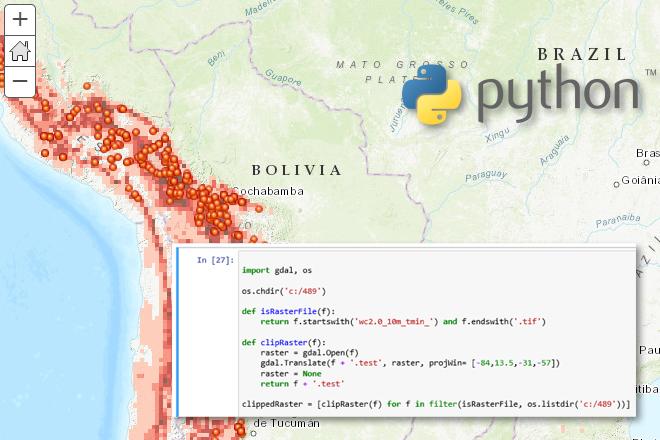
Credit: Jan Oliver Wallgrun, © Penn State University, (CC BY-NC-SA 4.0)
Resource Description
In GEOG 489, you will learn advanced applications of Python for developing and customizing GIS software, designing user interfaces, solving complex geoprocessing tasks, and leveraging open source. The course consists of readings, walkthroughs, projects, quizzes, and discussions about advanced GIS programming concepts and techniques, and a final term project. It complements the material covered in GEOG 485: GIS Programming and Customization. Software covered in the course includes: Esri ArcGIS Pro/arcpy, Jupyter Notebook, Esri ArcGIS API for Python, QGIS, GDAL/OGR. Students will also make use of the Git version control software for code management, and learn techniques for distributing Python applications to end users.Alternative Fuels from Biomass Sources
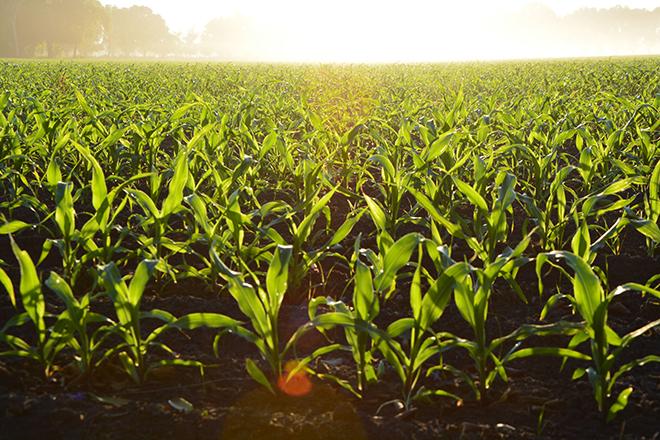
Credit: Agriculture, Corn, Cropland, 96715 by Alejandro Barrón is free to use
Resource Description
Is climate change real? Yes, it is! And technologies to reduce Greenhouse Gas (GHG) emissions are being developed. One type of technology that is imperative in the short run is biofuels; however, biofuels must meet specifications for gasoline, diesel, and jet fuel, or catastrophic damage could occur. This course will examine the chemistry of technologies of bio-based sources for power generation and transportation fuels. We'll consider various biomasses that can be utilized for fuel generation, understand the processes necessary for biomass processing, explore biorefining, and analyze how biofuels can be used in current fuel infrastructure.Aqueous Borders: Colonizing Water in the 21st Century
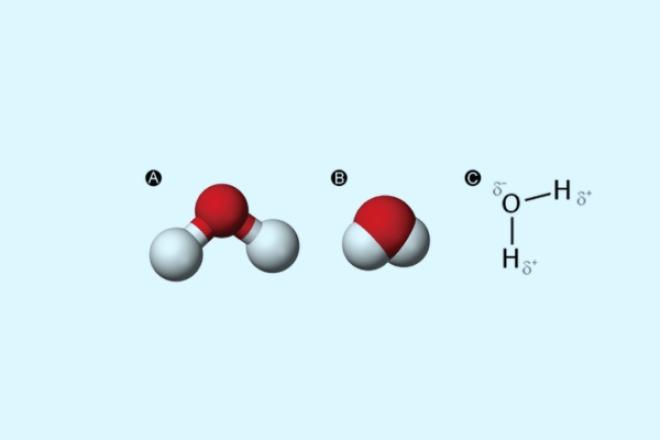
Image adapted from LibreTexts Chemistry, licensed under a CK-12 Curriculum Materials License
Resource Description
This three-part module provides lesson plans related to water pollution and water governance. Part I of this module examines water, pollution, and toxicity. Focusing on plastic pollution as a form of colonialism, this module argues for asserting that environmental responsibility needs to rest at the systemic level. Next, using the novel Agua by the Peruvian writer Jose Maria Arguedas, Part II examines the conflicting relationship between peasant-indigenous communities in the Andes and their fight for water sovereignty. Lastly, Part III reveals how water justice struggles are political projects against human rights. Using the complex situation at the U.S.- Mexico border, this module exposes the case of water rights for immigrants crossing the border.
Artistic Responses to the Zong Massacre (1781)
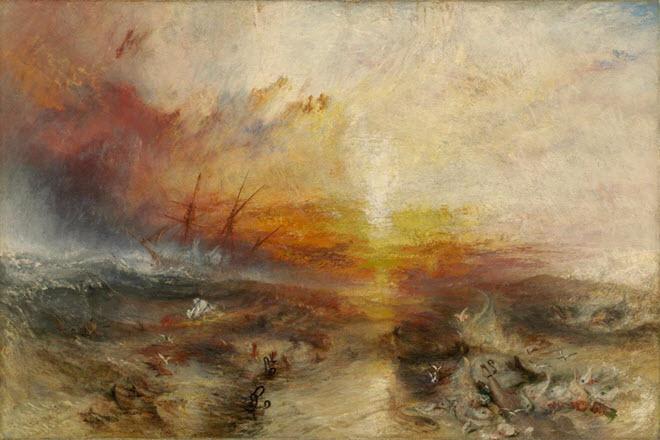
J. M. W. Turner, Public domain, via Wikimedia Commons
Resource Description
Suitable for introductory or humanities survey courses, this module offers teaching resources for a unit on the 1781 Zong massacre. It focuses on artistic responses to the massacre and on how the massacre is a representative event of the Transatlantic Slave Trade. The module includes artworks and texts that could be used in the classroom, discussion questions and activities, and a culminating writing prompt. This module invites students to reflect on the gaps in the colonial archive and to think about the role of art and literature in shaping understandings of historical events. It also provides students with an opportunity to recognize how the dehumanizing logic of slavery shaped modernity and how black artists challenge its legacy through their work.
Cartography and Visualization
Resource Description
Maps are powerful visual tools, both for communicating ideas and for facilitating data exploration. In GEOG 486: Cartography and Visualization, you will learn design principles and techniques for creating maps with contemporary mapping tools, including ArcGIS Pro. In this lab-focused course, you’ll apply cartographic theory to practical problems, with a focus on design decisions such as selecting visual variables, classifying and generalizing data, applying principles of color and contrast, and choosing projections for maps. You will also be introduced to future-focused application topics such as augmented and virtual reality, mapping with multivariate glyphs, the visual depiction of uncertainty, interactive geovisualizations and (geo)visual analytics, and decision-making with maps and mapping products.Challenges in Global Geospatial Analytics
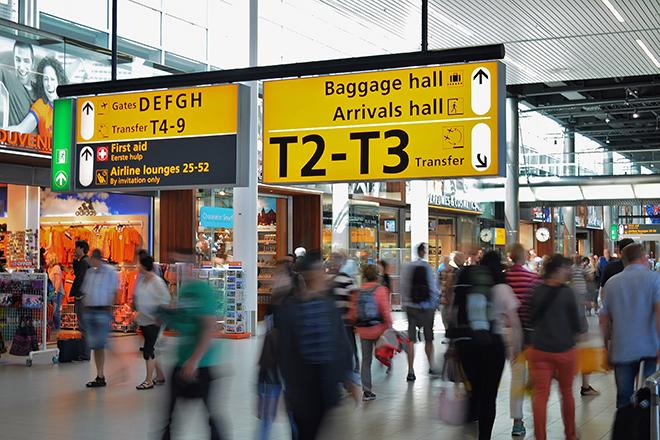
Credit: People Walking Beside Baggage Hall and Arrivals Hall Signage by Skitterphoto is licensed under CC0
Resource Description
How would you like to travel to new places while collaborating on a geospatial data challenge with students from around the world? In this class, students collaborate on a global-scale geospatial analysis problem with a focus on data analytics and professional practice in Geographic Information Systems. Penn State MGIS students collaborate with graduate students from ITC - University of Twente in Enschede, Netherlands to develop solutions to analyze spatio-temporal patterns in refugee migration data. Students have the opportunity to present their work and develop new connections with EU geospatial professionals via site visits to European national mapping agencies. Students work in teams to use geospatial analytics to arrive at a solution to visualize patterns over space and time.Christopher Columbus: Commemoration and Controversy
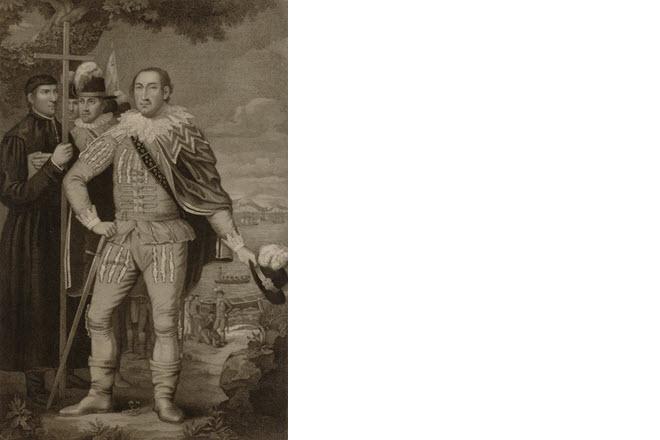
Credit: Landing of Christopher Columbus by David Edwin. Smithsonian American Art Museum, Gift of International Business Machines Corporation, is licensed under CC0.
Resource Description
This module enables students to reflect critically and in an historically informed way on how Christopher Columbus has come to signify both belonging and exclusion in the United States. The two-week module explores four discrete themes: colonization, focusing on the four voyages and their immediate consequences; the mythical female figure of Columbia in the U.S.; the creation and circulation of Columbus as an Italian American icon; and the recent protests and debates concerning statues and other commemorative images and rituals. The material includes essays by historians and folklorists, journalistic coverage, Columbus’ own writings, sample protest petitions, and examples from popular culture. These resources offer perspectives on the protest movements of 2020 that brought to fore fundamental questions about America itself.


